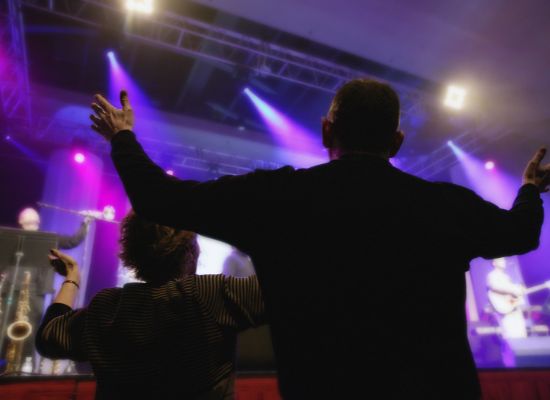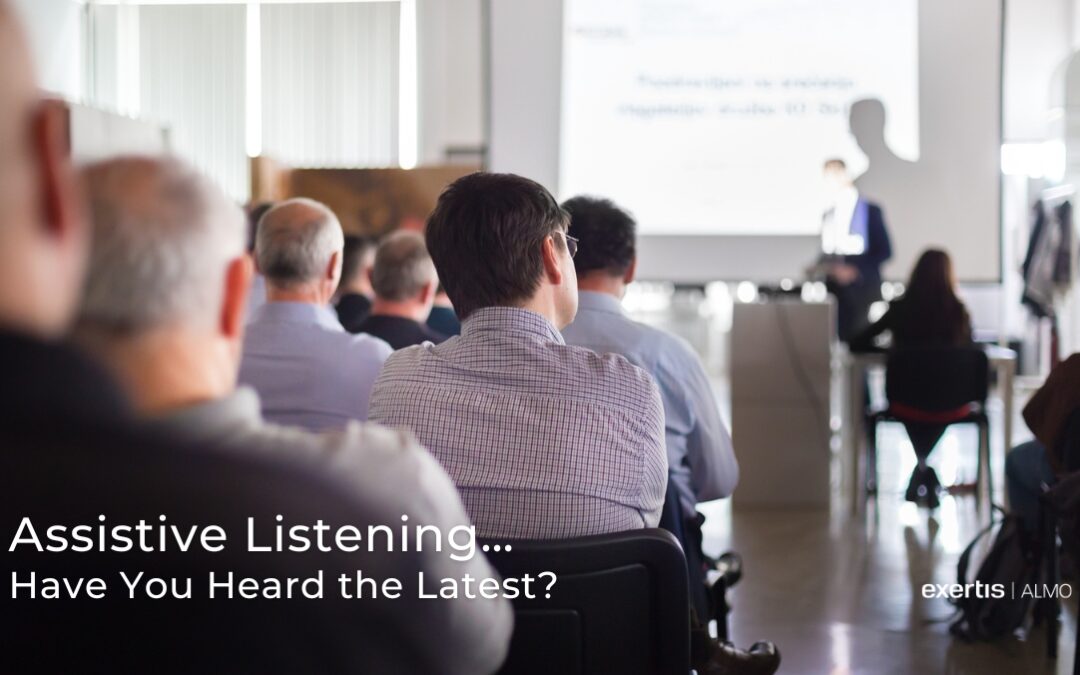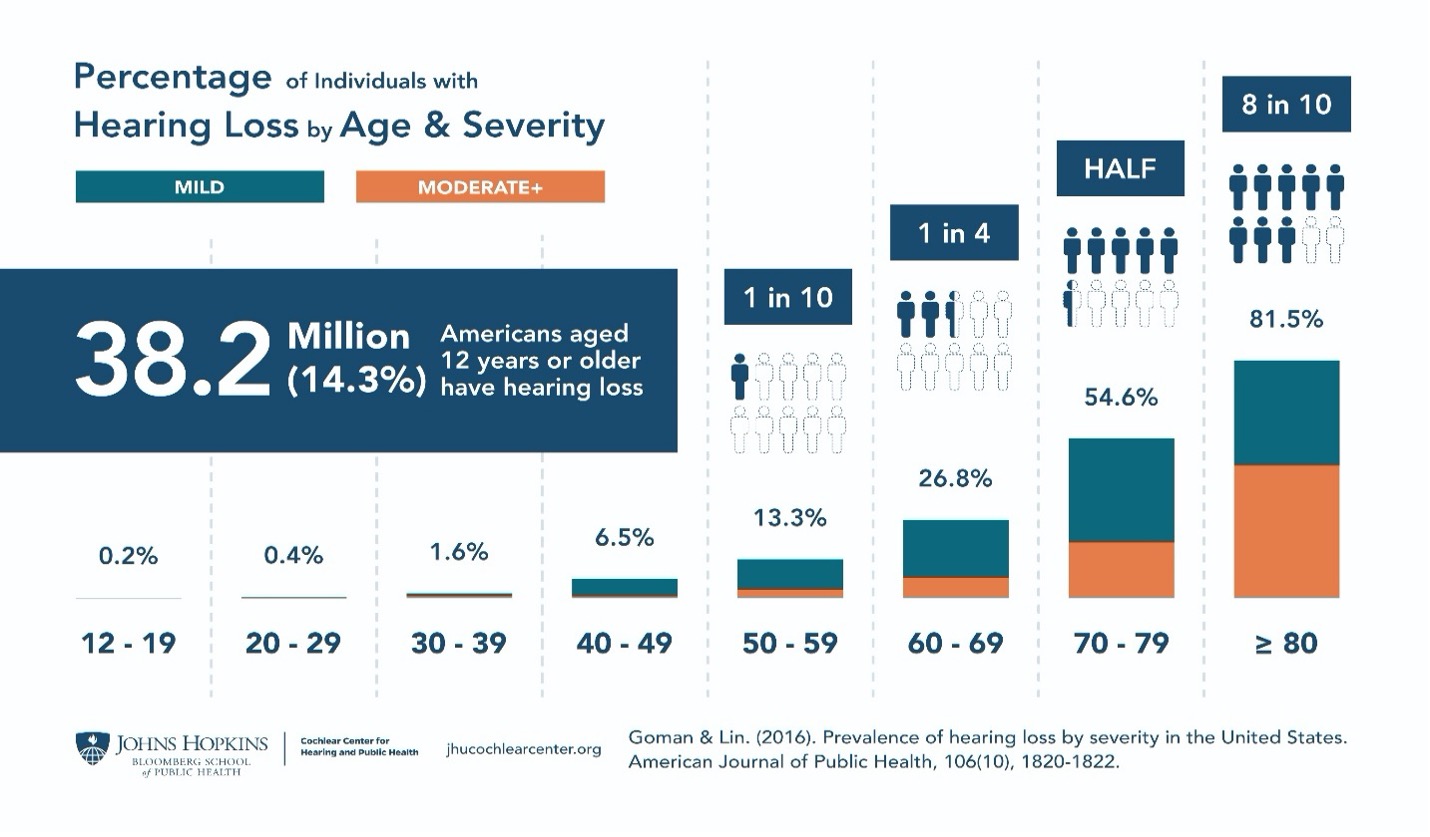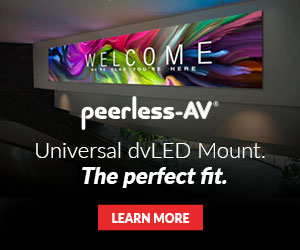Most of us take hearing for granted these days. However, a large portion of the population in the U.S. (about 38% of those aged 12 or older) have some form of hearing loss. This equates to 1 in 8 people with some form of hearing loss. As a sound engineer who has relied on my ears for 30+ years working in the AV industry, I feel we need to take every step possible to assure those around us can hear as clearly as possible. There are more effective assistive listening technologies than ever before available today.
In the AV industry, we are in a unique position to promote products that can provide the hearing assistance needed by so many people. The choices range from loop systems to FM, IR, Bluetooth, digital, and Wi-Fi based systems, with the Wi-Fi systems gaining popularity as they allow the user to incorporate their own personal phone without need of an additional device. The ADA (Americans with Disabilities Act) also requires public spaces to provide ALS (Assistive Listening System) to accommodate those who require it.
Not only do we provide audio systems that can amplify all content to an audience, but we also have tools to help those with more acute hearing loss. Intelligibility is one of the leading issues that ALS can help to overcome. Sound systems provide overall sound level increases but to those with hearing loss, the intelligibility of the human voice can still be a problem.
ALS systems can also have other uses. Tour guide systems and Interpretation Systems also use this technology very effectively. Let’s explore the latest technology available and how it can be both a vital addition to any audio system, as well as profit center for the integrator. The most recent addition to ALS is the BYOD solution, such as ListenEVERYWHERE® by Listen Technologies. This system utilizes Wi-Fi technology for use with any user’s personal smart device or a proprietary smart device provided, should a user require it. By using their own device, the ALS can be seamless, flexible, and invisible. This is much more desirable than a solution that forces them to use a receiver for a proprietary system.
According to Sam Nord, VP of Global Channel Sales for Listen Technologies, “Listen Everywhere has broadened the ability of venues to offer assistive listening because it allows users to choose the method in which they want to be accommodated. For example, we’ve seen a huge interest in Wi-Fi based assistive listening technology in the education sector, where so many of the students are already smartphone users, so accessing assistive listening via their Smart device is often a preferred method compared to having to ask for a hardware device and the logistics that sometimes go along with that. Similarly, in the House of Worship market, Wi-Fi based assistive listening allows venues to offer assistive listening to a much larger portion of their congregations than a hardware based system since anyone with a smart device now has access to the system. That said, the availability of Wi-Fi receivers allows those patrons who prefer to use a separate device for assistive listening to be accommodated as well.”
This has addressed some of the hurdles that remain, regarding where ALS systems are required. There is still some confusion about this. The ADA requirements vary from state to state and for different venues as well. Education, performing arts, government, and most public spaces base their system requirements on the number of attendees or a ratio of the total seating capacities. Churches, in many cases, also provide ALS systems as a part of their ministry, even if they are not required. With the more conventional systems, the facility was required to purchase a system with a percentage of receivers that are made available to those who need them. This tends to draw attention to users, and in many cases, causes some to avoid getting the hearing assistance they really need.
“The more the AV industry understands about this technology and provides for their customers rather than just checking a box of being ADA compliant, the more widely ALS will be used,” Nord continues. “With assistive listening, to make sure we are accommodating those who need this important technology, the one thing I always evangelize is being proactive in pushing assistive listening rather than being reactive. If you are specifying speakers, microphones, or other audio technology into a project, there is a high probability that there are folks who will be utilizing that system who would benefit from an assistive listening system, so ensuring there is a system available is the best thing you can do to encourage inclusion.”
The main point here is that ALS should be considered a part of any audio system in a venue when the system is in the design phase, just like loudspeakers, amplifiers, or any other components. As the AV industry fully understands the benefit of the assistive listening systems, this will encourage inclusion for all who attend an event, go to church, and learn in a classroom.

The next step is easy…Contact Exertis Almo and we can assist with any Assistive Listening Technology you may need for your project or facility. We can provide complete design support and connect you with companies like Listen Technologies to assure you have the best solution for any application. There are many new products on the horizon and 2023 will include some compelling upgrades to offer even further capability for this vital technology.
American Journal of Public Health
Sam Nord, VP of Global Channel Sales for Listen Technologies

About the Author
John Fuqua | CTS, Dante
Business Development Manager
Supported Manufacturers: Audio Applications, Amplivox, Audix, Bose, Denon, Marantz, Rane, Shure, Sennheiser, Yamaha UC










